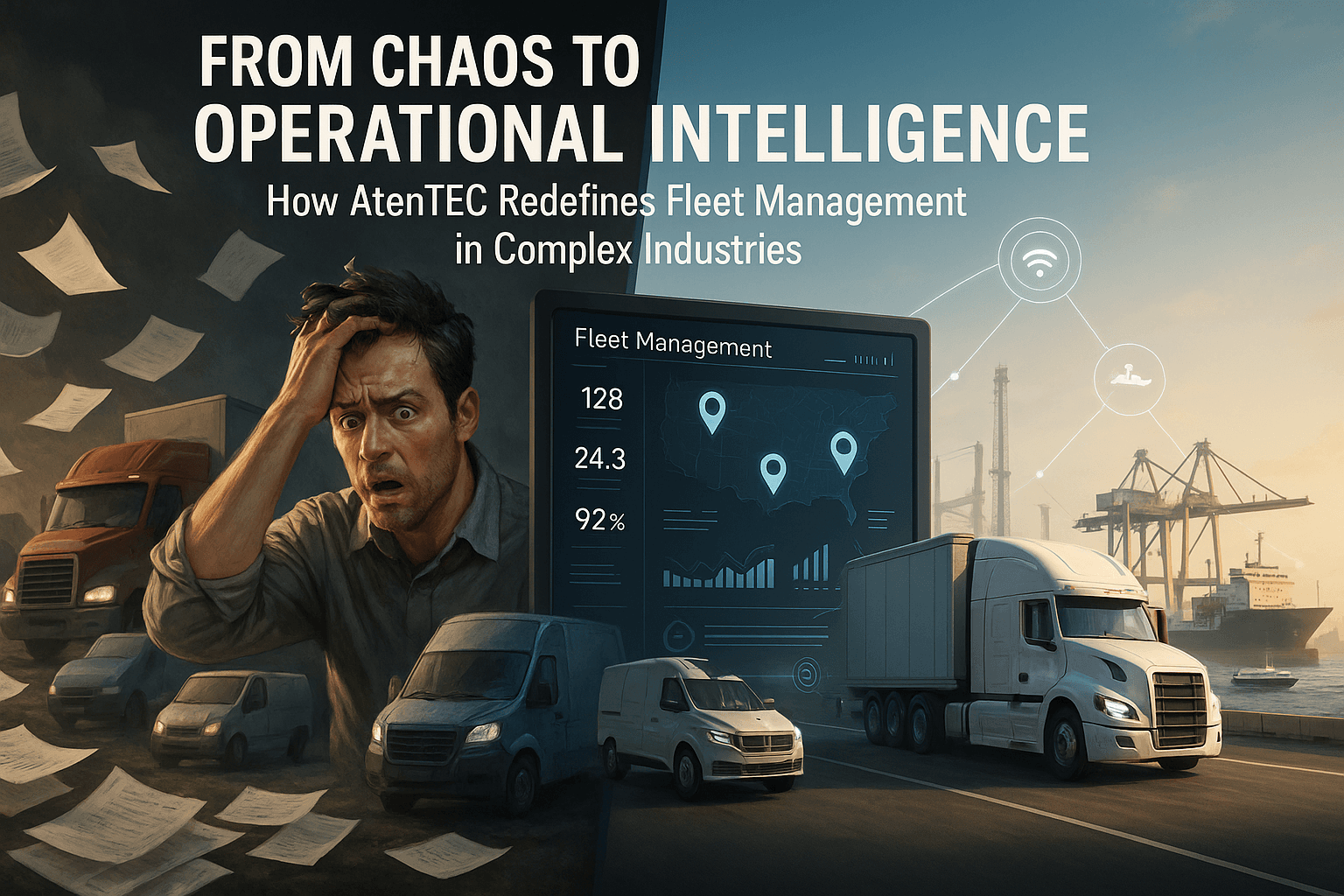Google Cloud Project Migration to Organization
As a Cloud Operation Manager, my first taskI was to restructure our Cloud hierarchy and move all of our projects (which are running under No Organization) to a single Organization. So I had to think deeply about moving all our running projects (in development or on production) to one organization, keeping in my mind that migration is a critical process.
So, this article presents a technical and procedural overview of migrating active Google Cloud Platform (GCP) projects to a centralized Organization resource. The primary objective is to establish a robust governance framework that supports scalable, secure, and standardized application deployment and management. The successful execution of this migration will directly enhance security controls, streamline resource management, and reduce administrative overhead for all development teams.
Rationale and Why We Should Do This
If you are running separate projects and don’t have a central parent (organization hierarchy). This makes it hard to manage all of them consistently, keep them secure, and follow your rules as you grow.
By moving your projects into an Organization, you fix these issues by:
- Centralizing Control: All of your projects will be under one main umbrella, which lets you apply the same policies and rules to all of them at once.
- Improving Security: You'll be able to set up policies that make security a top priority from the very beginning, like controlling where you can put resources and which APIs you can use.
- Working More Efficiently: Having everything in one place makes it easier to manage who can access what. This saves time and makes your jobs simpler since you won't have to adjust permissions for every single project individually.
Procedural Overview
The migration process will be executed in a structured manner to ensure operational continuity and minimize risk.
- Permission Assignment: The required IAM roles, including
Project Mover, must be assigned to the user or service account responsible for the migration. This step ensures the principal has the authority to move projects between resource containers. - Resource Hierarchy Design: A new, logically organized hierarchy of folders will be established within the Organization resource. This structure will group projects based on criteria such as environment (e.g.,
development,production) or business unit, optimizing policy inheritance and resource management. - Pre-Migration Analysis: A comprehensive analysis of each project's dependencies, existing IAM policies, and resource configurations is essential. This step is critical to identify and mitigate potential conflicts with policies that will be inherited from the new parent container, thereby preventing post-migration service disruptions.
- Migration Execution: Projects will be relocated to their designated folders within the new Organization hierarchy. This process, while typically rapid, requires careful planning and a clear communication plan to inform development teams of the transition.
Operational Impact and Benefits for Development Teams
The migration provides significant benefits and introduces key considerations for development teams.
Positive Impacts
- Simplified Access Management: The new hierarchy will allow development managers to request or grant permissions at a higher level, streamlining the process of providing teams with access to the resources they need.
- Consistent Environments: Standardized policies and configurations will ensure that all development, staging, and production environments are consistent, reducing configuration drift and simplifying troubleshooting.
- Enhanced Security by Default: Projects will inherit a baseline of robust security and compliance policies, freeing development teams to focus on core tasks without needing to manually configure every security setting.
Critical Considerations
- Policy Inheritance: The most significant consideration is the potential for inherited policies to alter or restrict existing project functionality. A thorough pre-migration analysis is required to identify and reconcile any conflicting policies to prevent unexpected application behavior.
- Irreversibility: Once a project is associated with an Organization resource, this is a permanent state. This underscores the need for careful validation of the migration decision for each project.
- Dependency Management: Any cross-project dependencies, such as shared VPC networks or service accounts, must be explicitly managed to ensure they remain functional post-migration.
Conclusion
The transition of your GCP projects to a centralized Organization resource is a foundational step toward building a more scalable, secure, and manageable cloud environment. The benefits in governance, security, and operational efficiency will directly support the development and delivery of our applications. A phased and methodical approach, with careful attention to pre-migration analysis, is recommended to ensure a smooth and successful transition.
Initiative Steps for Migration
-
Settle a step-by-step Migration Plan:
Create a plan to make sure that any potential impacts are mitigated during your project migration. You can use the Move Analysis API to get a detailed breakdown of blockers for the project migration.
-
Assign IAM roles; You need a particular set of IAM roles to migrate a project between organization resources. Also, you’ll need permission to create and manage organization policies.
Roll back a migration
If you have mistakenly migrated a project, you can roll back the operation by performing the migration again, with the old source as the new destination, and the old destination as the new source. You must have the necessary IAM permissions and organization policies enforced to allow this as if this were an entirely new migration.
To roll back a migration where a project was migrated from No organization to an Organization resource, you’ve to contact Google Cloud Customer Care.





